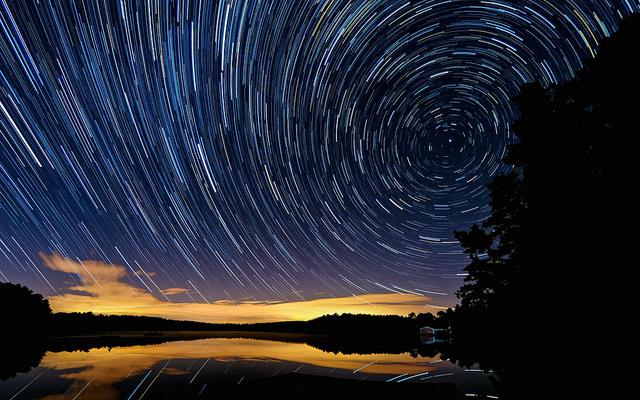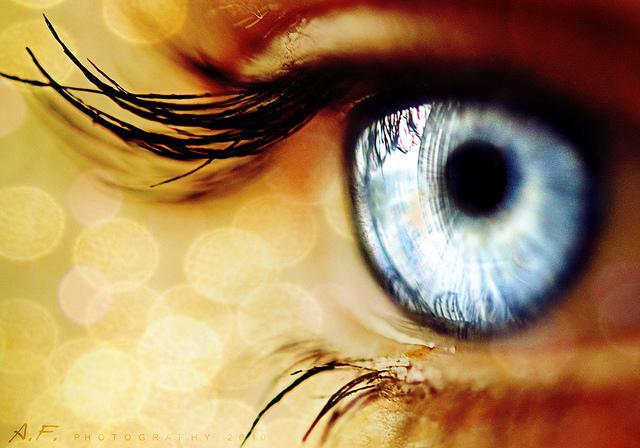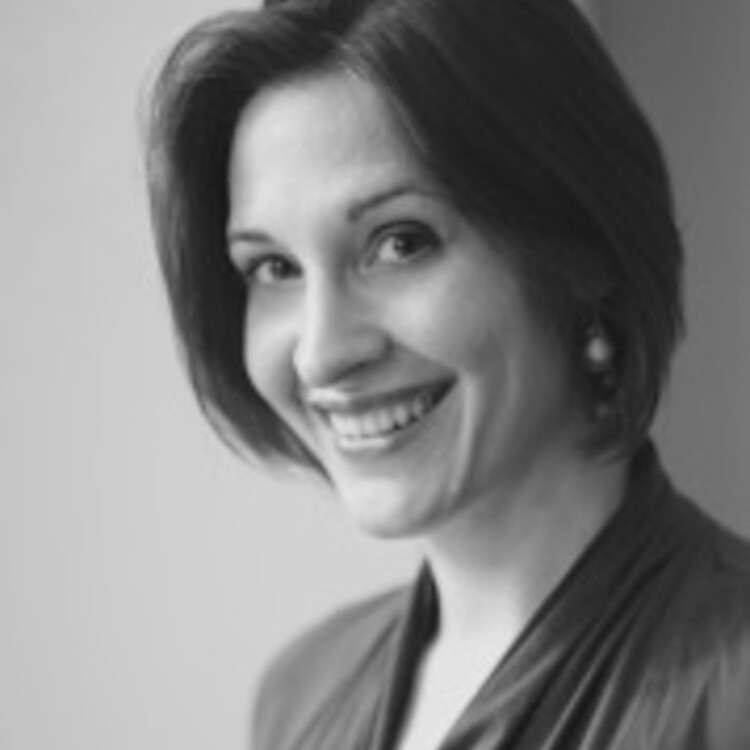You Don’t Need a Five- or Ten-Year Plan. You Need A Horizon.
This series explores sustainable artistry by breaking down the starving artist myths and giving mindful support for blazing your own flexible, dependable path. Join the revolution of artists and educators unsatisfied with day-to-day surviving and hell-bent on everyday thriving in that improvisational space called an artful life. Have a topic or question for a future post? Drop me a line @creativelyindie.

Art lives in the unknown. It is a personal exploration of “what if…” And yet, that is not what most schools and business practices model. They demand knowns.
Schools provide training, which is the act of teaching methods that have been proven to work. Pressures felt by educators to produce “working artists” have forced experimentations out of their curriculum. Even students want to hear promises and see examples of snagging jobs right out of college because the debt is crippling.
Business is based on thinking of the market first: knowing what the demand is, your market niche, and assessing risk versus reward. Investors rarely bet on unknowns. One must prove oneself to be viable.
In both systems, the known is king. The subconscious message seeps in:
Known tactics = surviving
Playing in the unknown = consult your magic 8 ball
The modern artist is stuck in cattle call auditions, hard-to-get teaching jobs in their art, day jobs outside their art, or choosing to demote their art to a hobby, because we are all built to survive.
Art does not and cannot live in a claustrophobic world of knowns and givens; of assumptions seen as absolutes. Art needs space, breath, and hope.
Every single one of these paths was at one time proven to work and now are known by millions. This shifts our belief system to that of scarcity: there are too many pegs and not enough holes. It pits artist against artist as if we are all competing for the same jobs. This cripples community. It also causes a sense of helplessness and heaviness as if the struggle is inherent in being an artist.
It takes a lot of energy to survive in a model of living that goes 180º against your passion and purpose. One that is based on the antithesis of how art is made; how art expands you and connects you to your community. And the biggest downside to the survival focus is that it is 100 percent unsustainable.
Art does not and cannot live in a claustrophobic world of knowns and givens; of assumptions seen as absolutes. Art needs space, breath, and hope.
EYES UP

The first step to letting go of the need for knowns and embracing the possibilities of distant hope is to get your eyes off the floor. Looking at the floor is looking for your next few steps. It’s how your body calms itself when it is disoriented. Think about the last time you walked up or down a flight of steps in the dark or got dizzy and had to stop yourself. Where were you looking then?
Navigating through life is the same as staying steady inside a dizzying turn or walking through the dark. Artists know, deep down, there are ways to enjoy the dark and techniques to stay balanced within the turn.
That first step is to get your eyes up. Grab a horizon. Grab a spot so far off that you could swear the land was kissing the sky.
Get your head up, level, looking that horizon straight on. And if it seems far away, if it seems impossible, if it seems as if few have ever reached it, then you’ve found your point, your purpose.
The health of the eye seems to demand a horizon. We are never tired, so long as we can see far enough.—Ralph Waldo Emerson
Horizons evoke more questions than answers. Art is also fueled by inquiry poking playfully at the “known” to show it is truly an unknown.
Five- or ten-year plans are the opposite. They are lists and sub-lists of answers created to turn a flashlight on inside this dark unknown. Mind you, I love a good flashlight. I’m not advocating for stubbing your toe every time you venture out into the darkness, but a flashlight is a concentrated beam that only illuminates certain things directly in front of you. It doesn’t light up everything around you.
That’s what a five- or ten-year plan does as well. It illuminates what possibilities and opportunities you already know or have exposure to. They do not shine light on what you haven’t imagined or seen modeled elsewhere.
A horizon forces you to venture into the unknown. It is vast and spacious allowing you to alter your tactics, use different skill sets, and collaborate endlessly on your way towards it.
When your head is down, focusing on a step-by-step or gig-by-gig plan, two things happen:
- The world can’t connect to you fully. Your eyes are down. You are unable to see the big picture, random opportunities, or how you are connected to your world right now, in this moment.
- Your identity feels like it is at the whim of each step or gig because that is where you are putting all your focus. The current job defines you.
When your head is up, focusing on that magnet of a horizon, the opposite occurs:
- The world sees you fully. It is a vulnerable and daring posture to stand fully present in this moment. You are available. You are open.
- You have the consistency of that horizon. You will probably take and release multiple identities along the way (student, teacher, director, actor, parent…) but the horizon is your constant. When other opportunities pan out or spark beyond your imagination, your spot on the horizon keeps you from loosing all perspective. Take a ballet class, learn how to spot, and you’ll be well on your way.
When you claim your horizon, you are crafting a calling, a beacon, a rallying cry to explore.
Be inspired by your horizon. Be a little scared. Be daring.
What’s your horizon? How are you stepping towards it today?


Comments
The article is just the start of the conversation—we want to know what you think about this subject, too! HowlRound is a space for knowledge-sharing, and we welcome spirited, thoughtful, and on-topic dialogue. Find our full comments policy here
I'm so glad it's resonating with you, Ita! We artist-parents have to stay out there, stay vocal. The more we do, the more we shift the paradigm in both worlds. I'm excited to have you in the conversation, mama!
Jess, I've just read your articles, thank you for sharing your consciously challenging and creative insight. It is confirming and inspiring. As a female theatre artist with 2 children, I'm finding solace and support in your series. Thank you again.
Maggie, thank you for linking your post. It's wonderful you're putting the question out there! I enjoyed your piece and the openness it proposed that this is a lifelong journey. Once that's committed to, the question opens up fun adventures, rather than dead ends where quick answers were lurking.
I'm so glad you're part of the conversation! Keep it up, trailblazer.
Thank you Jess. I echo Elana: thank you for articulating something I am trying to craft in my personal life and writing practice. I tried here: http://howlround.com/neithe....
I'm looking forward to the growing conversation and the rest of your series.
You're more than welcome, Elana! Often, looking up—after looking down for so long—feels so vulnerable that our mind wants to blame something for feeling at risk. So, it says the horizon is scary. Taking it step by step to rewire, it's okay to say looking up is scary. Then see how a horizon feels...
I'm excited to have you in the conversation, because it's a fluid, ensemble devised chat.
I cannot thank you enough for articulating what I haven't been able to over the last couple years! The horizon is scary, especially after following the conventional map and never looking up from the ground until grad school ended almost 6 years ago. I am looking forward to the rest of this series!